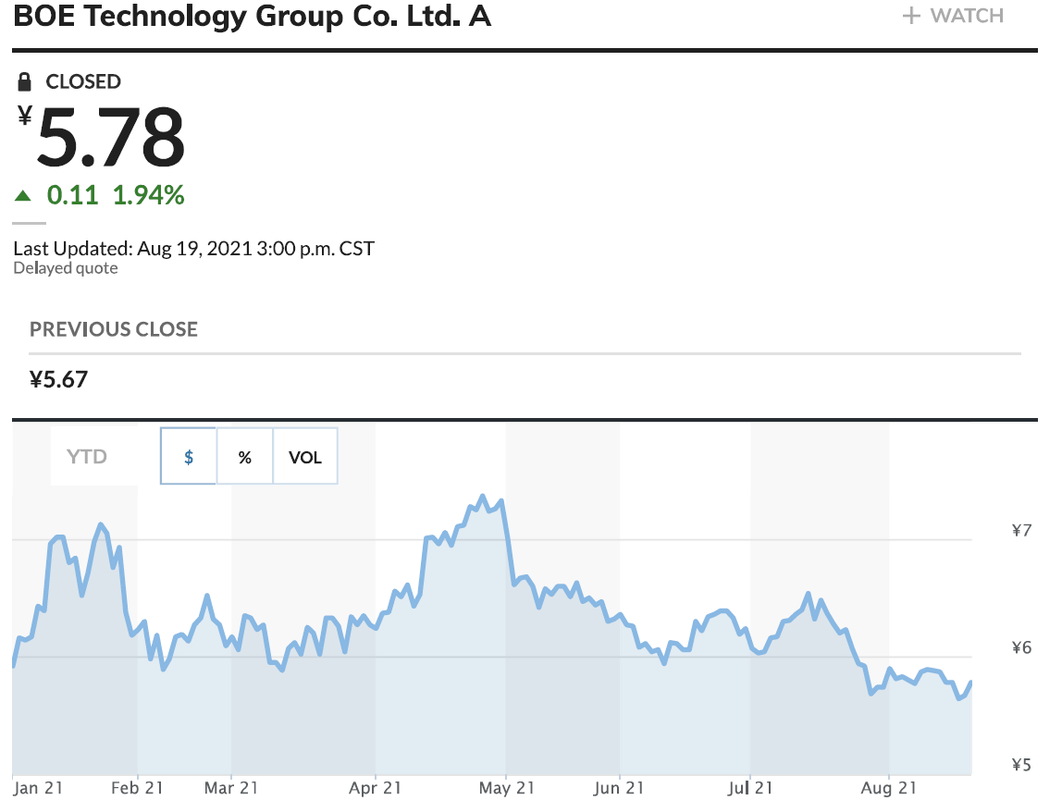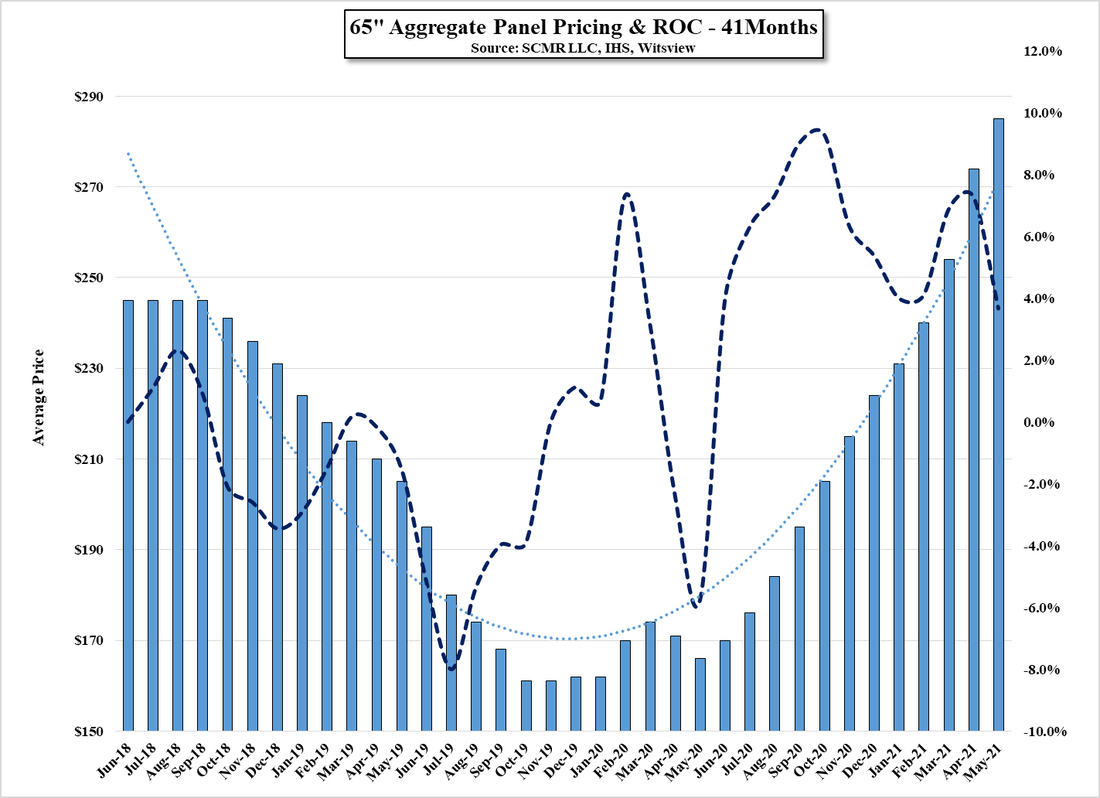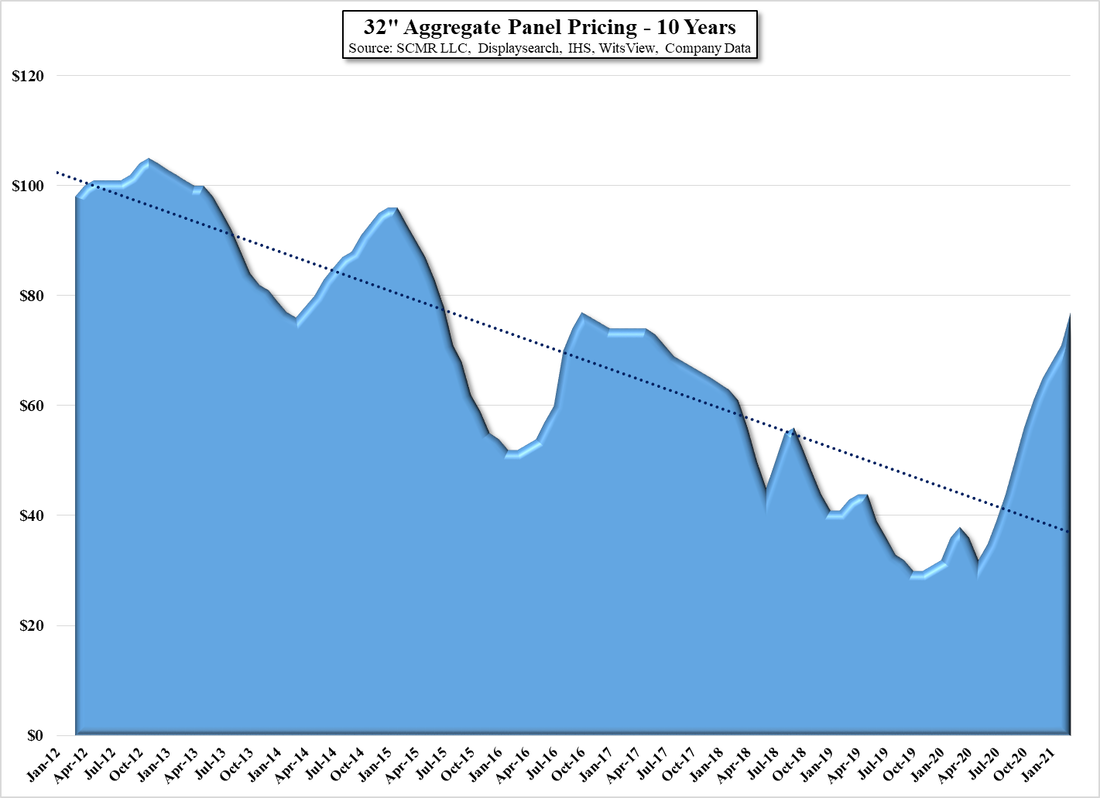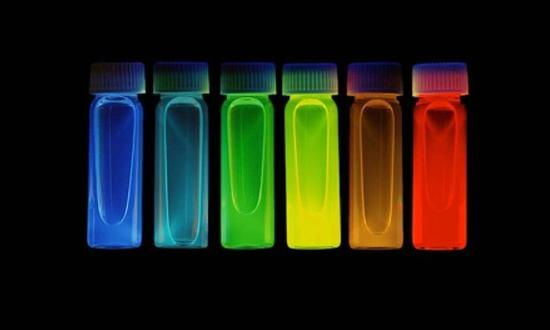BOE Raises $3.14b
As previously stated the funds will be used for the following:
- Acquire 24.06% of Wuhan BOE Optoelectronics, the holding company for the company’s Gen 10.5 fab in Wuhan
- Continue the building and expansion of the company’s Gen 6 OLED fab in Chongqing and increase holding company capital
- Fund the company’s 12” silicon OLED micro-display project
- Add capital to the company’s Hospital project in Chengdu
- Repay Loan from Fuzhou Urban Investment Group
- Increase overall capital structure to avoid debt ratio issues
BOE continues to push to gain traction with Apple (AAPL) in the OLED space, and while they still have yet to become a primary supplier, we expect much of this deal promotion was based on that potential. Apple tends to keep its actual suppliers from disclosing orders, more so lately given the number of ‘leaks’ that seem to appear weekly, but there is a considerable amount of time before Apple will have to commit to BOE for the next generation iPhone, which leaves plenty of time for rumors to ebb and flow as to BOE’s prospects.








 RSS Feed
RSS Feed